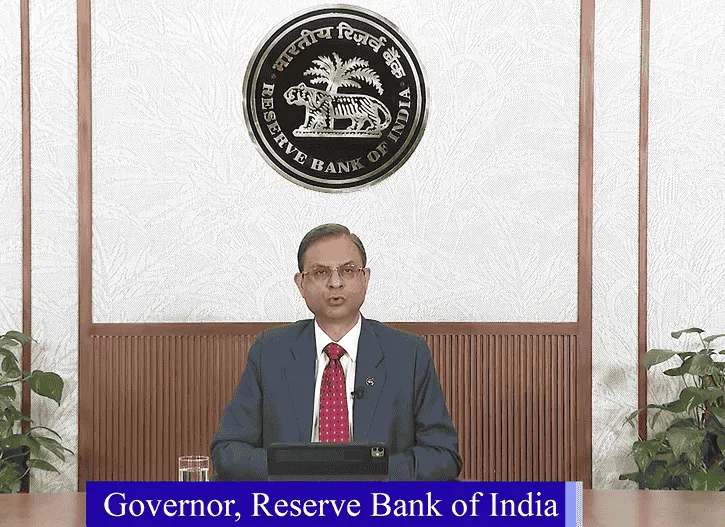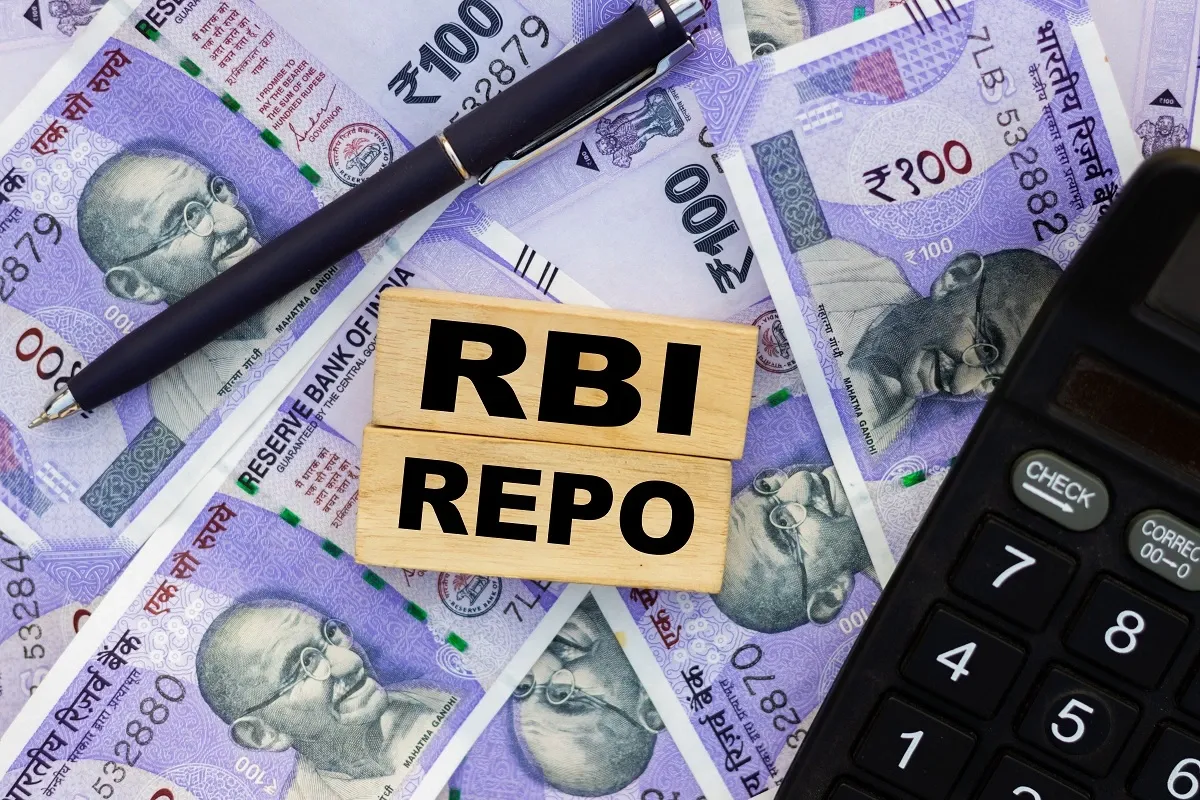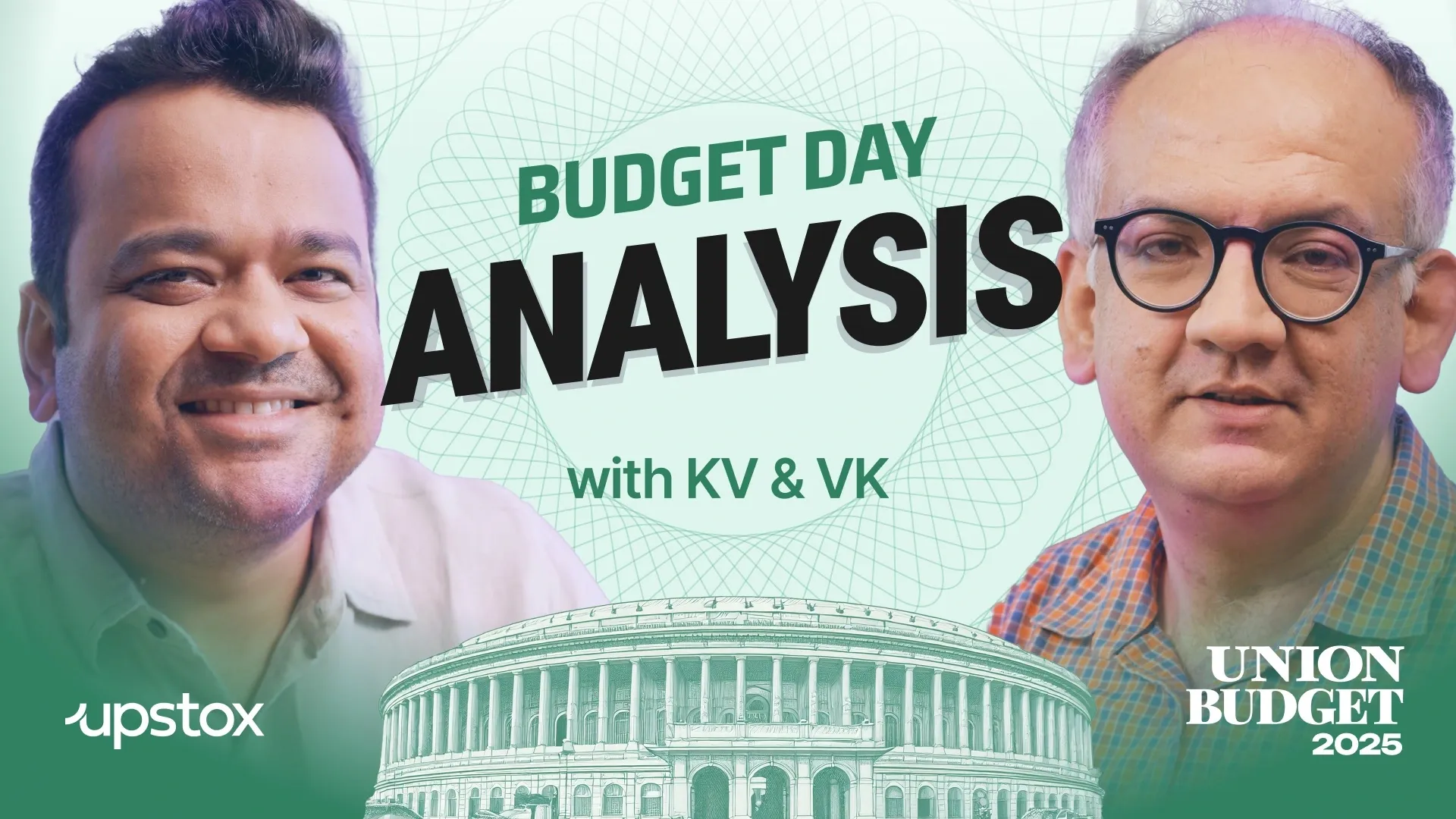Business News
RBI empowers NPCI to set UPI transaction limits for person-to-merchant payments
.png)
2 min read | Updated on April 09, 2025, 11:29 IST
SUMMARY
The Reserve Bank of India, in its first monetary policy of FY26, announced key measures to enhance fintech innovation and digital payments.

Currently, UPI transactions, covering both person-to-person (P2P) and person-to-merchant (P2M) payments, are capped at ₹1 lakh, except for specific use cases of P2M payments.
RBI Governor Sanjay Malhotra announced measures related to fintech and payment systems on Wednesday as part of the first bi-monthly monetary policy statement for the financial year 2025-26.
Delivering the policy statement, Malhotra announced decision to empower the National Payments Corporation of India (NPCI) to set transaction limits for Unified Payments Interface (UPI) person-to-merchant (P2M) transactions in consultation with banks and stakeholders, and transform the Regulatory Sandbox into a theme-neutral, ‘on-tap’ framework to encourage continuous fintech innovation.
“The other two announcements relate to enabling NPCI to decide, in consultation with the banks and other stakeholders, the transaction limits in UPI for person-to-merchant transactions; and making the Regulatory Sandbox theme-neutral and ‘on-tap’,” Malhotra said, adding that necessary directions for implementing these measures would be issued separately.
UPI transaction limits
Currently, UPI transactions, covering both person-to-person (P2P) and person-to-merchant (P2M) payments, are capped at ₹1 lakh, except for specific use cases of P2M payments, which have higher limits, some at ₹2 lakh and others at ₹5 lakh.
To adapt to emerging use cases and user demands, the RBI has proposed that NPCI, in collaboration with banks and UPI ecosystem stakeholders, be authorised to determine and periodically revise P2M transaction limits.
“Appropriate safeguards will be put in place to mitigate risks associated with higher limits,” RBI’s statement on developmental and regulatory policies read.
Banks will retain the autonomy to set their own internal limits within the broader framework established by NPCI.
However, P2P transactions will continue to be restricted to the existing ₹1 lakh cap.
Regulatory sandbox goes ‘on tap’ and theme-neutral
The RBI also announced plans to make its Regulatory Sandbox framework both theme-neutral and perpetually accessible.
Launched in 2019, the Sandbox has so far operated under four thematic cohorts, with an ‘on-tap’ facility for closed cohort themes introduced in October 2021.
A fifth theme-neutral cohort, open for applications until May 2025, was launched in October 2023, allowing testing of any innovative product or solution within the RBI’s regulatory purview.
Drawing on feedback from stakeholders and lessons from previous cohorts, the central bank now intends to remove thematic restrictions entirely and establish an ‘on-tap’ application process.
“This initiative is expected to foster continuous innovation and keep pace with the rapidly evolving FinTech / regulatory landscape. Additional details in this regard will be communicated separately,” the statement read.
Related News
About The Author
Next Story


